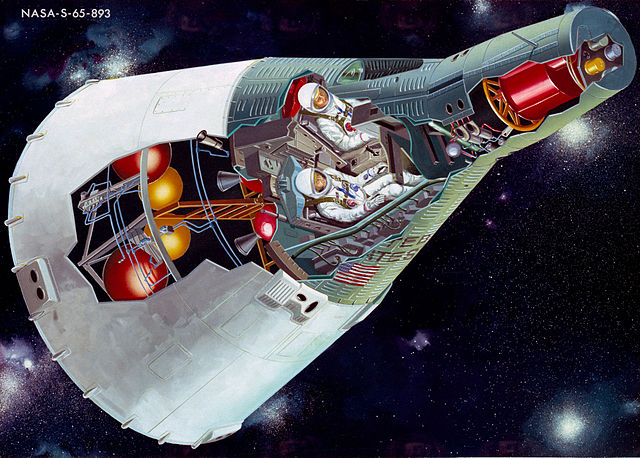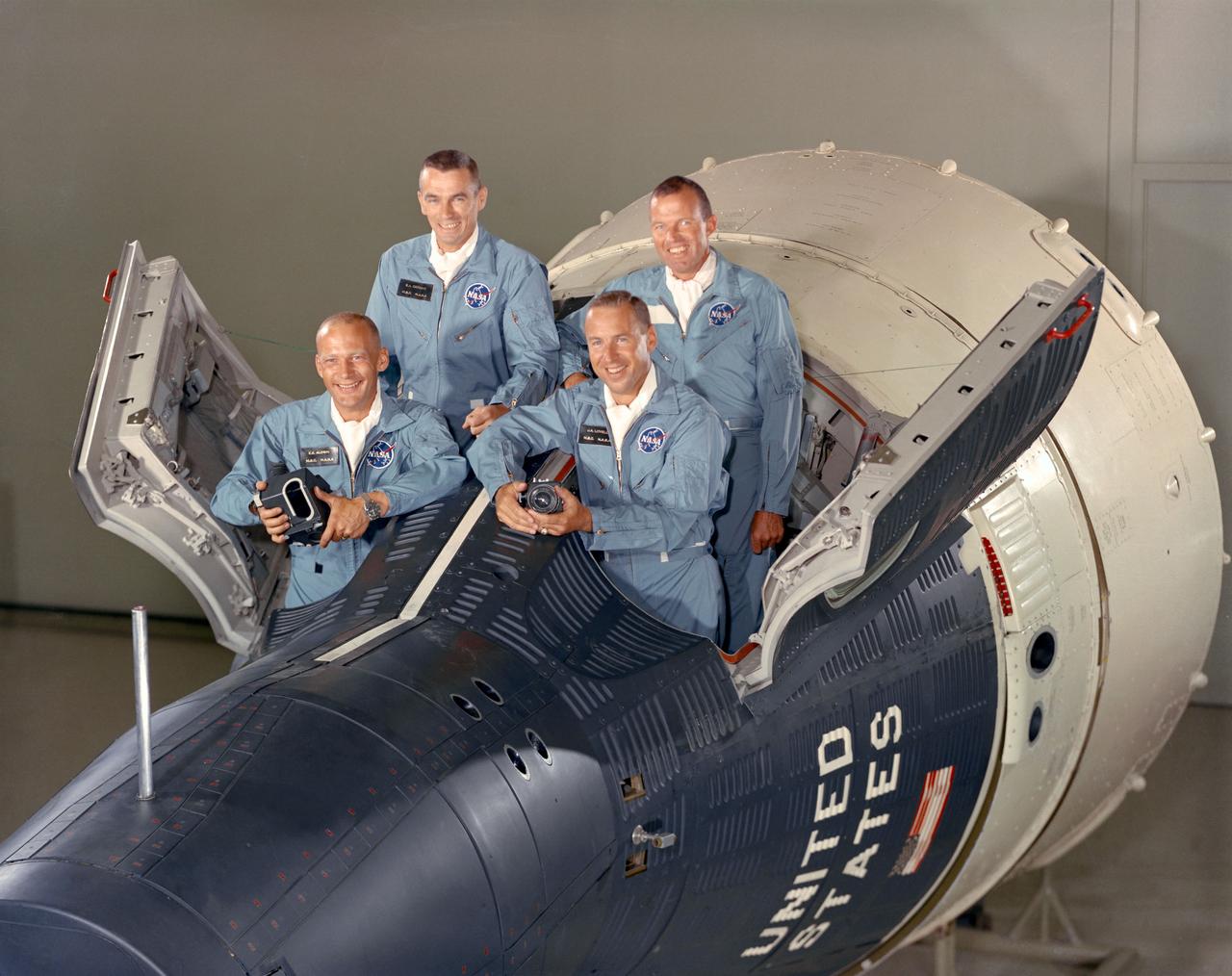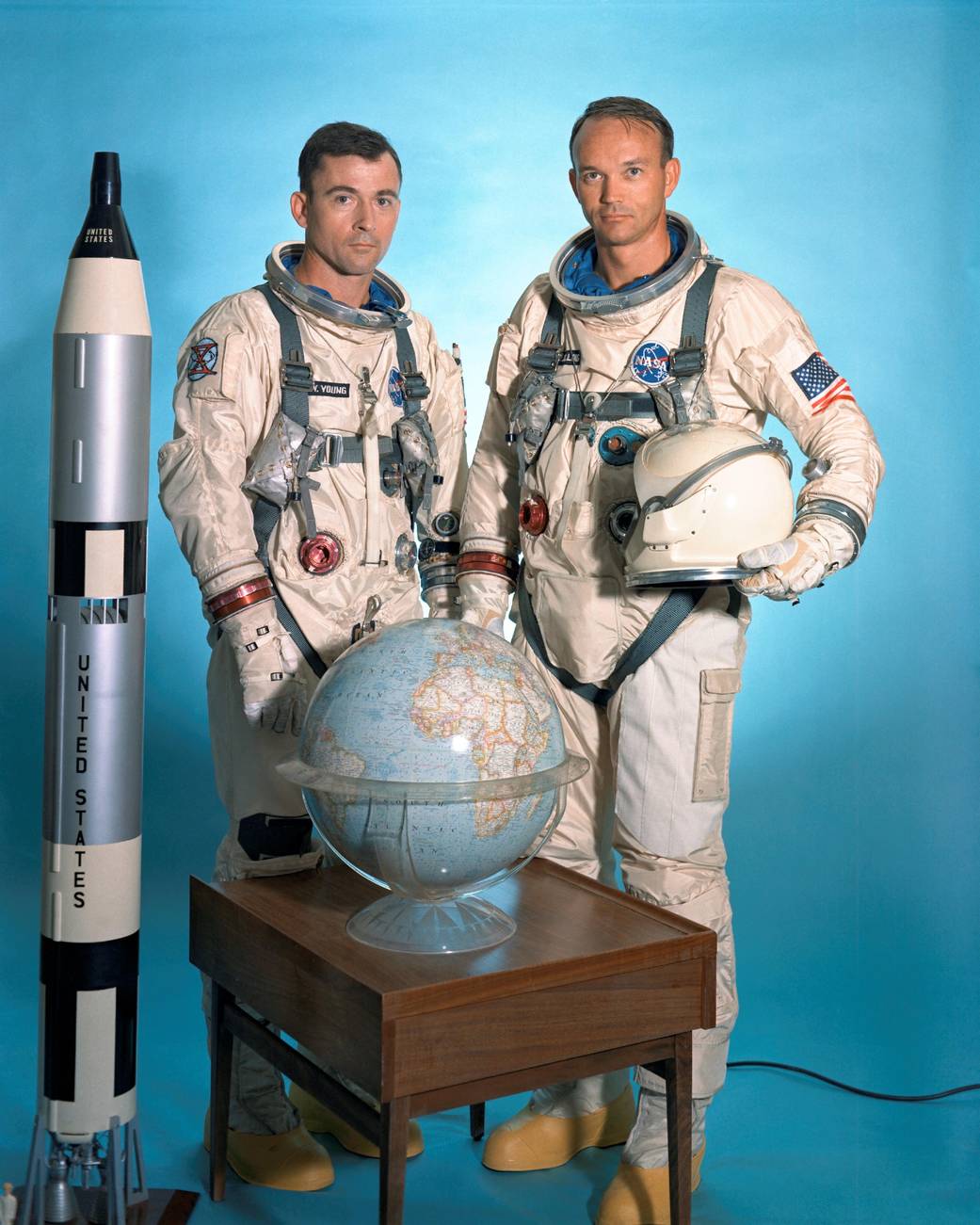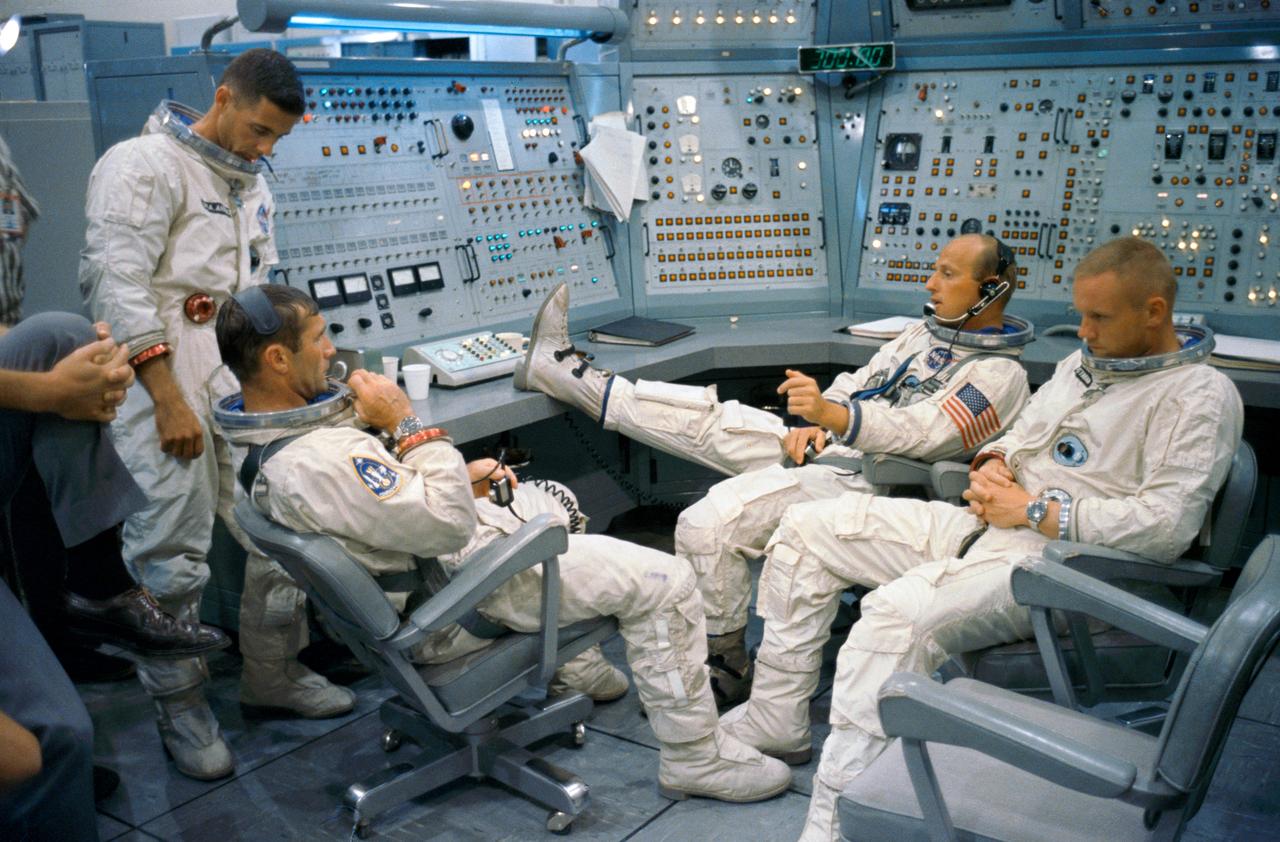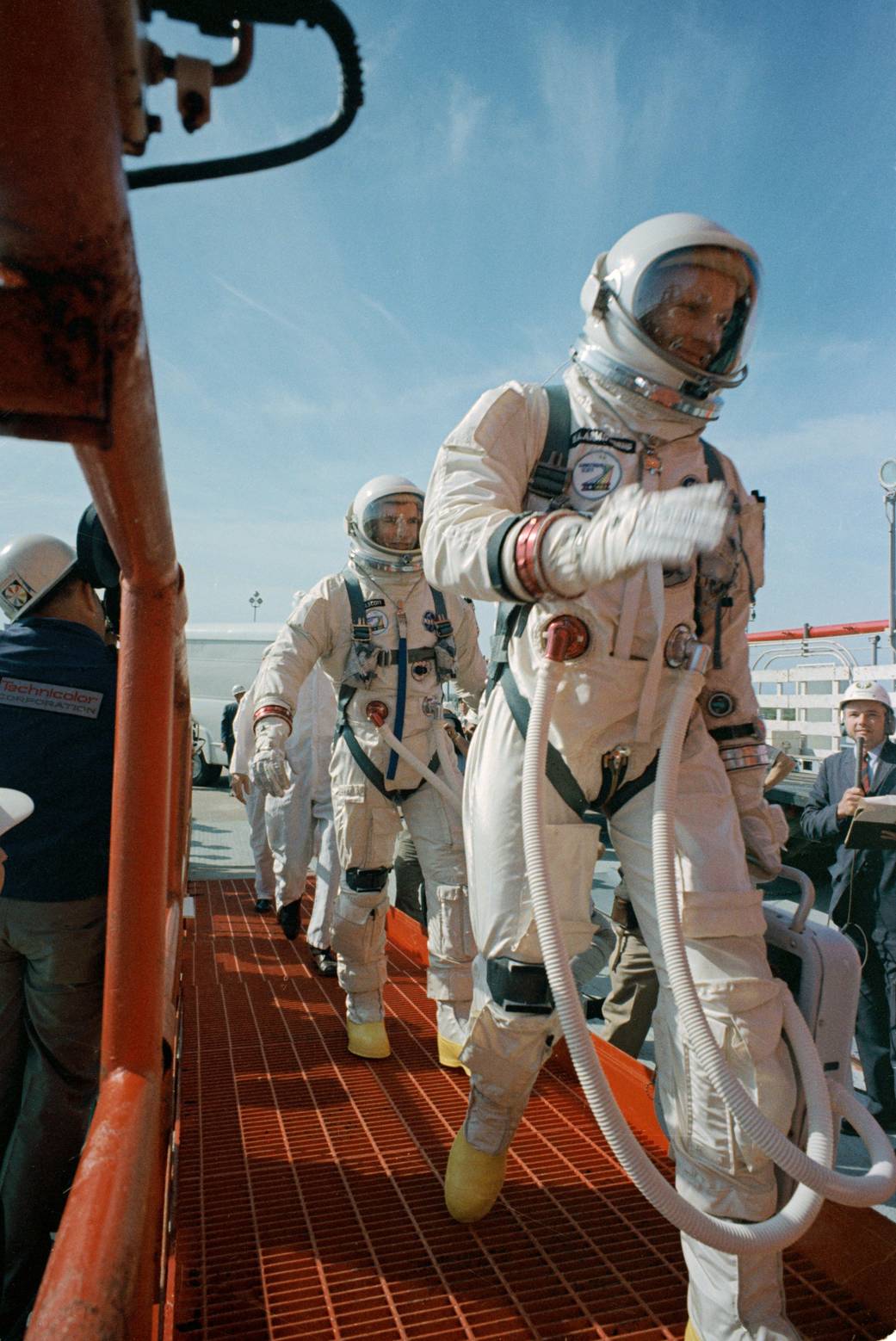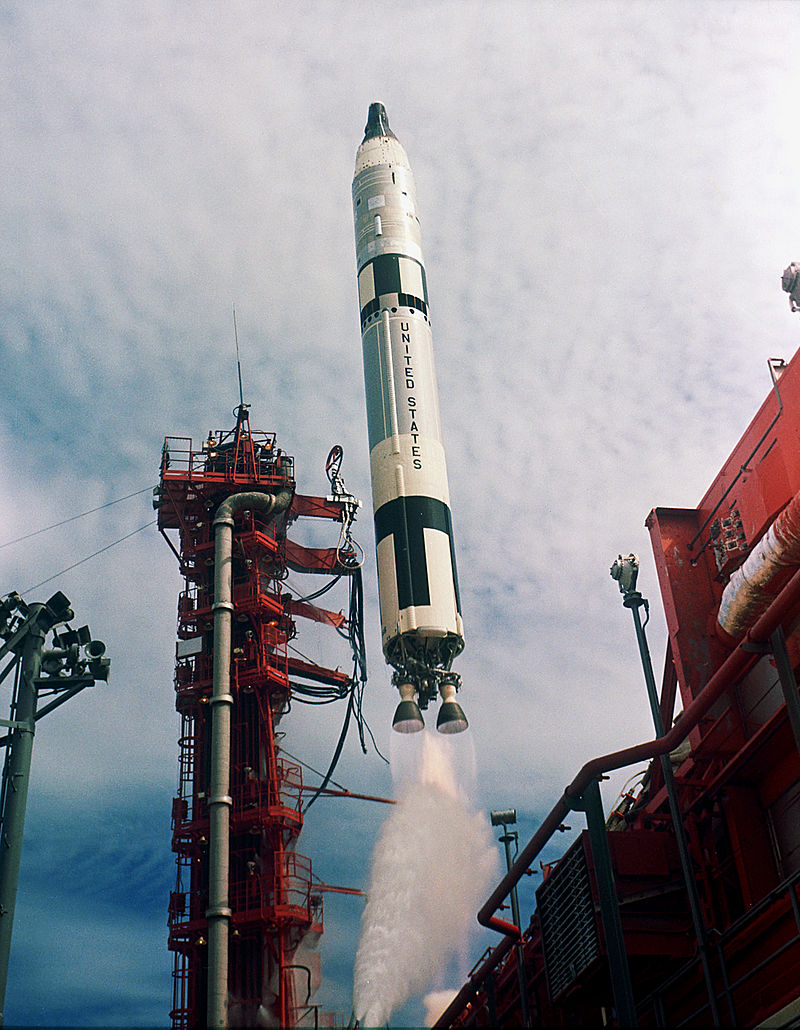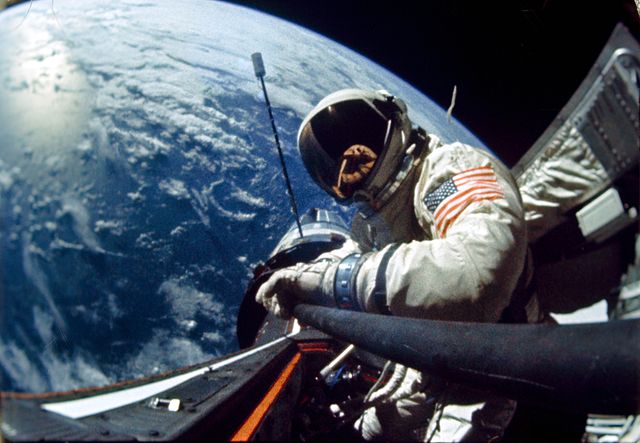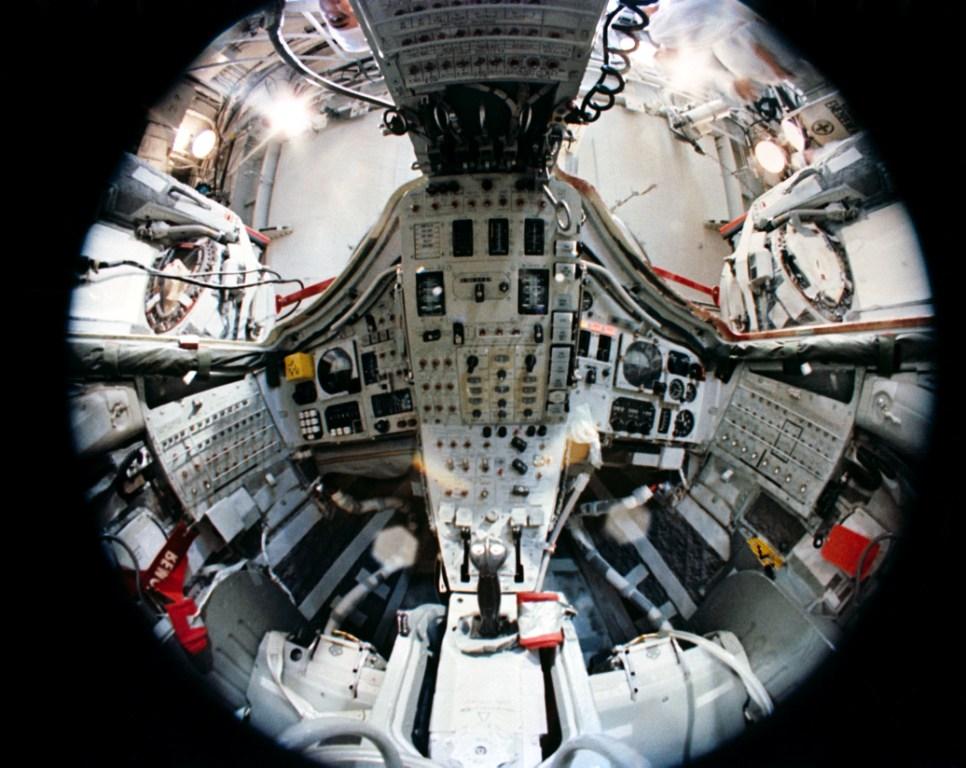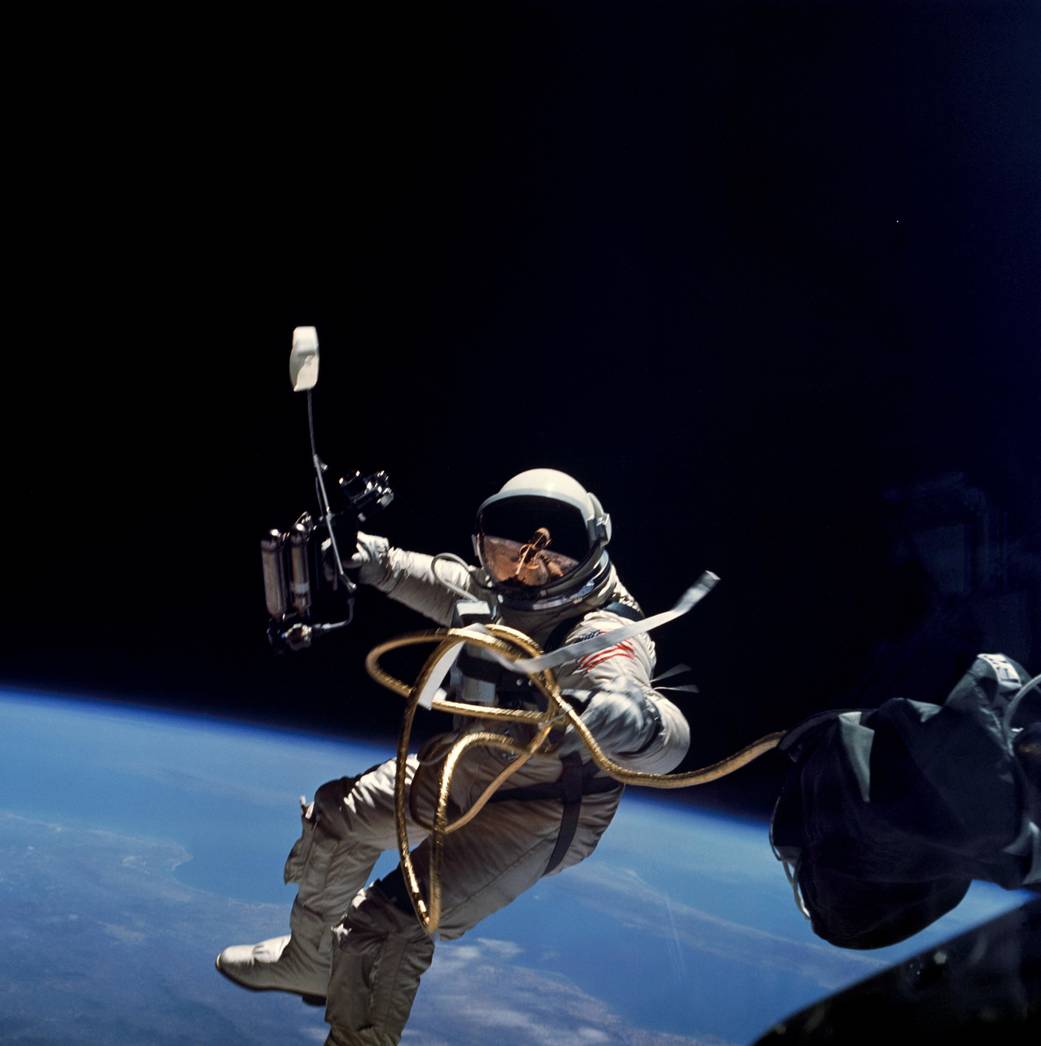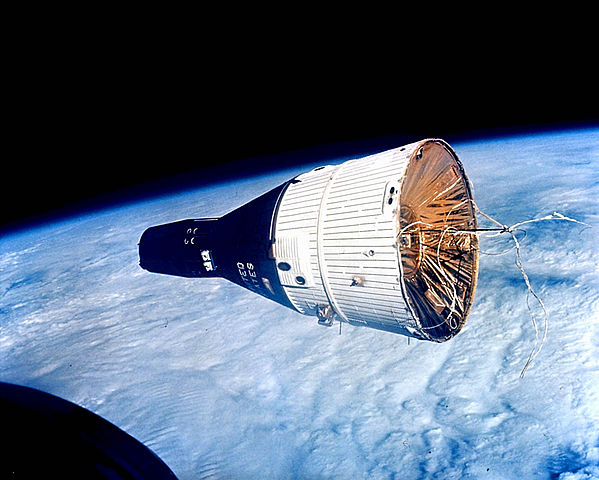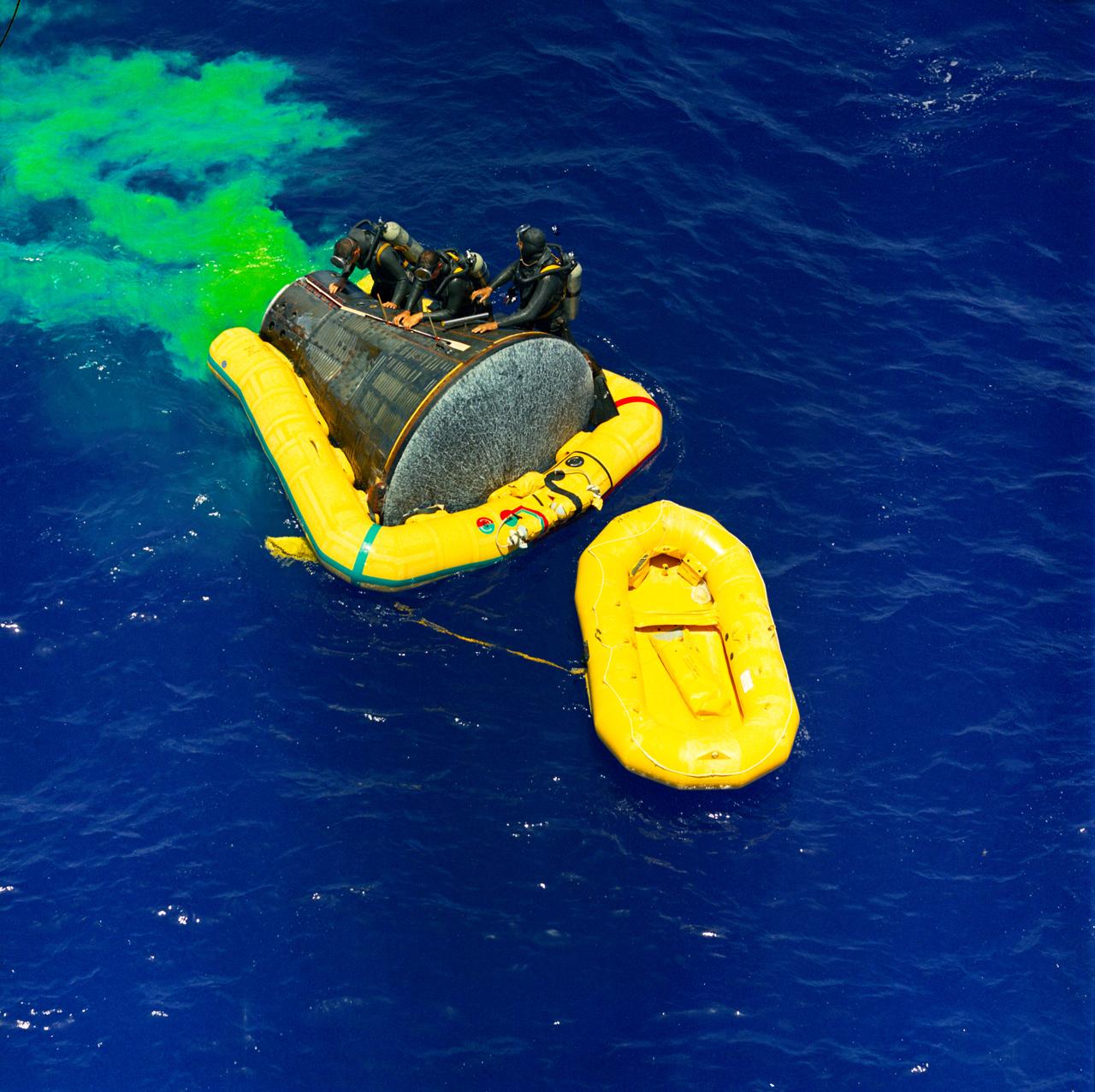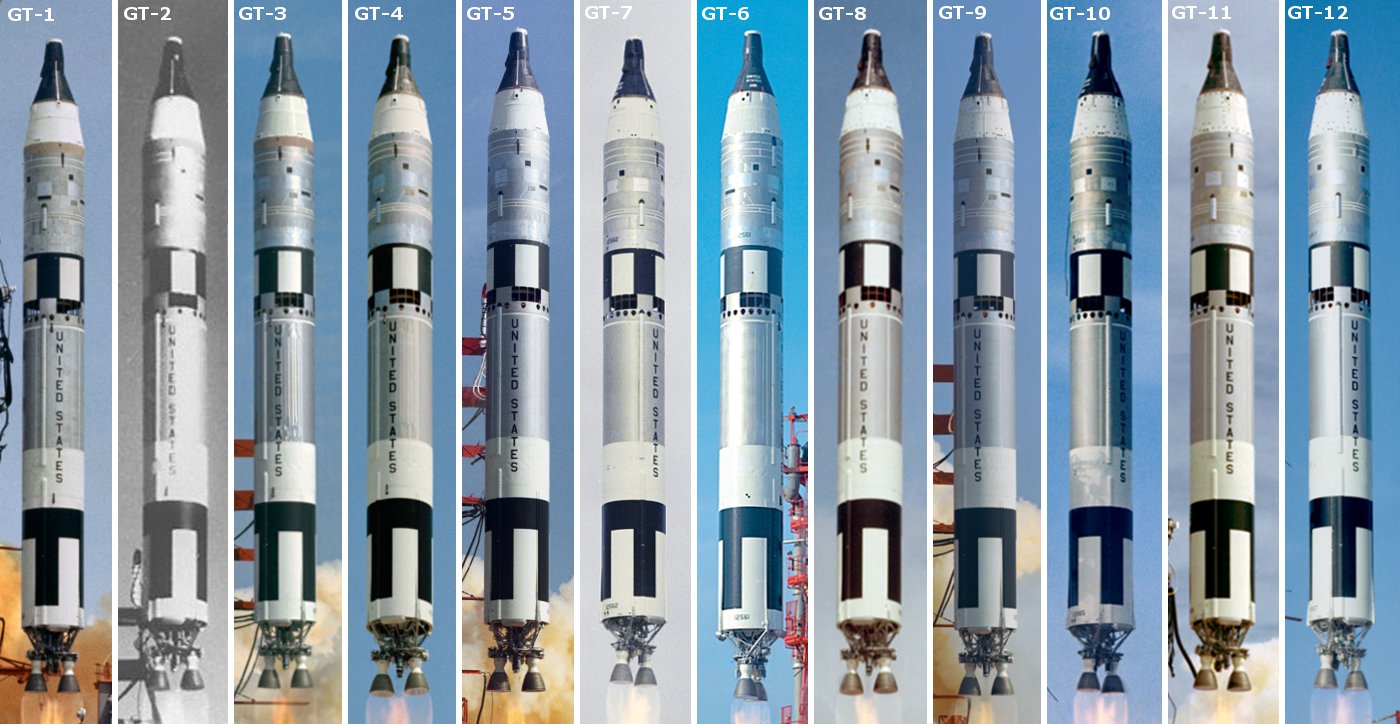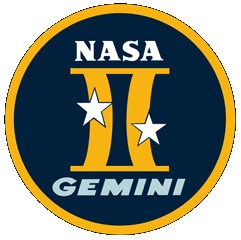All You Need To Know About NASA’s Project Gemini
Stepping Stones To The Moon
Project Gemini followed the successes of Project Mercury and was America’s second human spaceflight program with the aim of developing the techniques and technology to put a man on the Moon during the following Apollo Program. Initially, there were 2 unmanned missions followed by ten crewed missions launched in the new two-man Gemini capsule between April 1964 and November 1966.
Who Were The Gemini Astronauts?
The astronauts that were scheduled to fly during Project Gemini included four of the original ‘Mercury Seven’ in addition to two new groups that were called the ‘New Nine’ and the ‘1963 astronaut class’. This brought the NASA astronaut corps to a total of 27, however, 3 died during training. A total of 16 astronauts flew on the 10 manned Gemini missions.
What Spacecraft And Rocket Did Project Gemini Use?
The Gemini capsule basically looked very similar to the Project Mercury capsule (only larger as it could carry and support two astronauts), but was more advanced and could perform longer duration missions to replicate the planned lunar missions. The Gemini spacecraft differed by not having an emergency escape tower like Project Mercury or the Apollo Program, instead, it had aircraft-style ejection seats!
The capsule was launched on a modified 2-stage ICBM called the Titan-II rocket.
Facts About The Project Gemini Spaceflights
Following the successes of Project Mercury (that showed man could survive in space), NASA needed to develop the technology and learn how to perform all the complex tasks required for a trip to the Moon! So during the 10 manned flights the astronauts learnt how to live in space for up to 2 weeks, walk in space, dock with other vehicles and change their combined orbit!
Summary of the Gemini Missions;
Gemini 1 – Unmanned flight to test the Titan-II rocket and spacecraft.
Gemini 2 – An unmanned (suborbital flight) to test the capsule’s heat shield.
Gemini 3 – Completed 3 orbits and tested the new capsule.
Gemini 4 – In space for 4 days and completed the first American spacewalk.
Gemini 5 – Completed 120 orbits in nearly 8 days testing new equipment.
Gemini 6A – First space rendezvous with Gemini 7
Gemini 7 – Stayed in space for nearly two weeks to prove humans could!
Gemini 8 – Docked with the unmanned Agena spacecraft in space before aborting the mission and landing at its backup location.
Gemini 9 – Completed 44 orbits in 3 days practising space rendezvous and completing 2 hours of spacewalks.
Gemini 10 – Docked with Agena and used its rocket engines to move both spacecraft.
Gemini 11 – Long spacewalks, 44 orbits and reached a record high orbit of 1,369 kms!
Gemini 12 –The last mission of Project Gemini set about solving residual problems before the Apollo Program.
Check out each mission’s cool insignia’s here!
Bigger And Better To Come!
With the completion of Project Gemini, the United States was firmly ahead in the Space Race with the Soviet Union! NASA now focused on the Apollo Program and its goal of landing on the Moon before the end of 1969!
